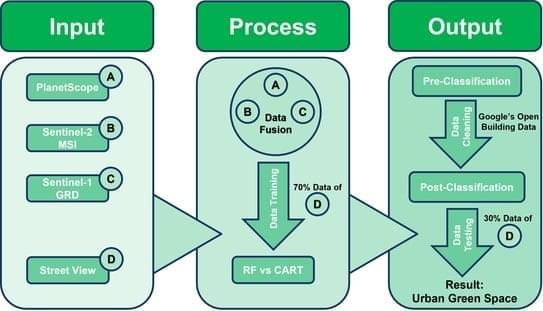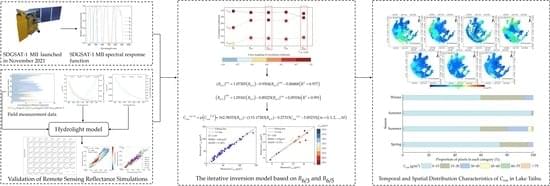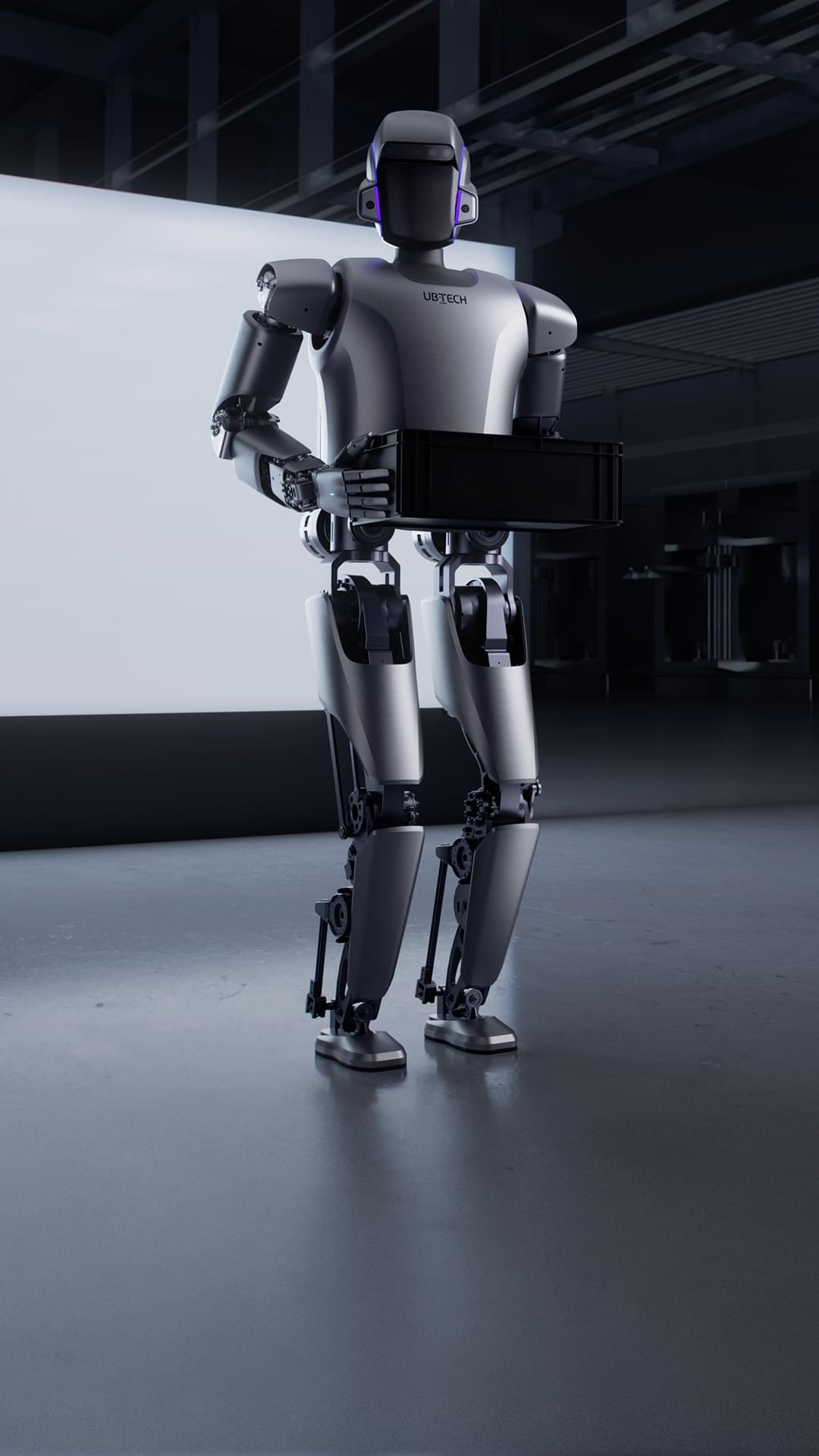Renewable energy in Japan will receive a seismic shift via perovskite solar cells, the latest development that would change the way solar energy is viewed. Lightweight, flexible, and adaptable, these solar cells will provide a more viable means to producing energy within a city, responding to shortages of land and sustainable issues. Let’s see how Japan is benefiting from the PSC technology to bring about a green future.
Japan is currently utilizing its competitive advantages to lead the rest of the world into the new renewable energy age. Under its revised energy plan, the Ministry of Industry now prioritizes PSCs on Section 0 of its plan wherein Japan aims to develop PSC sections generating 20 gigawatts of electricity equivalent to 20 nuclear reactors by fiscal 2040.
The strategy was designed to be closely aligned with the country’s commitment to net-zero emissions by 2050. At the center of this strategy is Japan’s position as the second-largest iodine producer in the world, a necessary ingredient in the manufacturing of perovskite solar cells.








